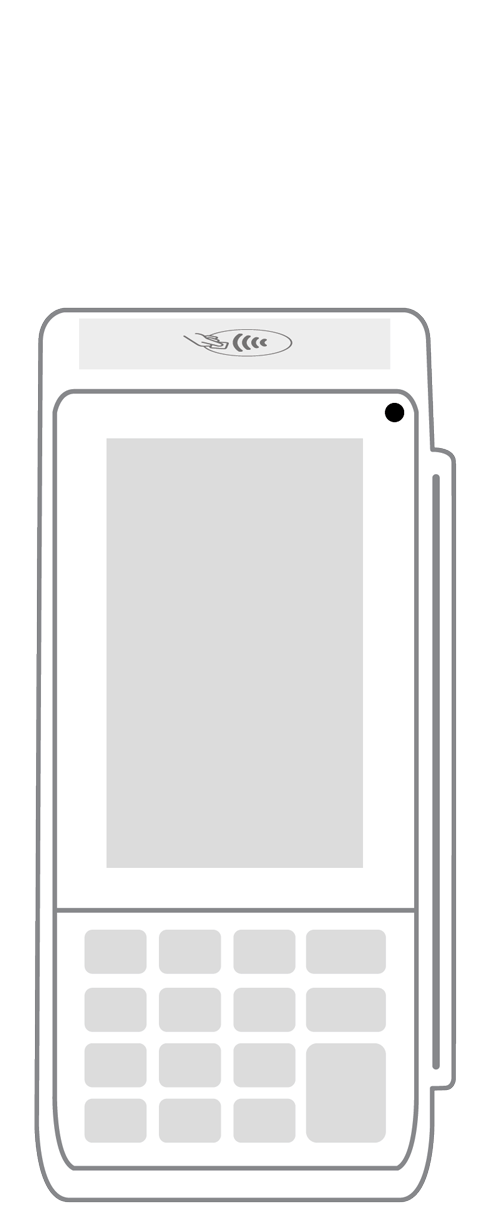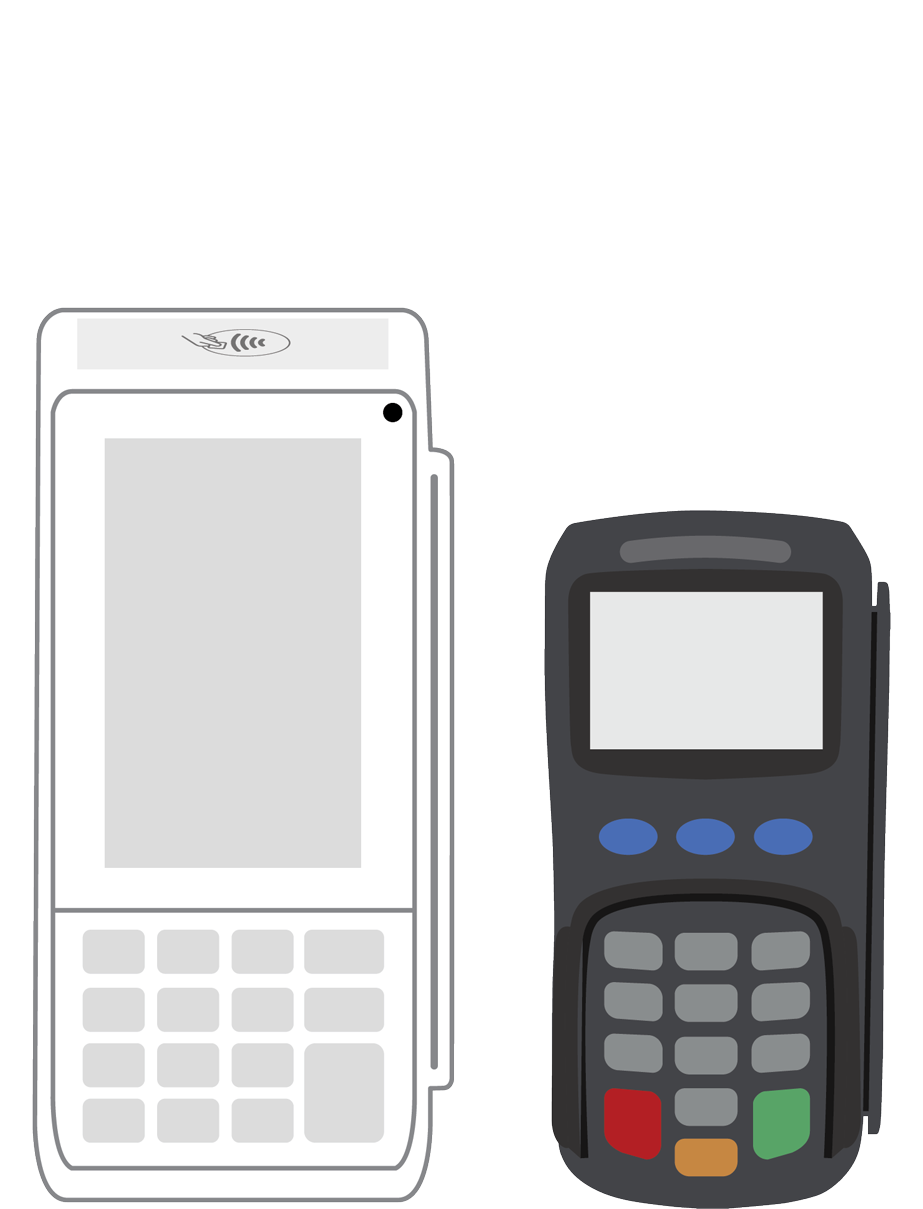Preparing for holiday shopping during a pandemic.

Although COVID has wreaked havoc on virtually every aspect of human existence in 2020, one truth remains unchanged: The holidays are coming, and people still want to celebrate them. At the same time, fear of contracting COVID-19 remains high, resulting in changes in the way retailers market their products and protect their customers.
Perhaps the most obvious ways consumers have pivoted is by further increasing their tendency to shop online. In the one-year period between September 2019 and September 2020, for instance, the amount of money that U.S. retailers collected in online sales skyrocketed by a whopping 43 percent to $60.4 billion.
Because of COVID-19 concerns, people are spending more time than ever before at home. Many are even doing jobs from their homes that once took place in offices, leaving the seclusion of their residences only occasionally for essential items or medical appointments. The resulting cabin fever and boredom have led to an acceleration in the holiday shopping season, with almost half of those surveyed saying that their gift searching was well under way. Even more of the men and women in the study reported that they were foregoing holiday gatherings altogether in favor of spending more on gifts. Even if the presents they bought were not on sale, more than one-third were willing to shell out more dollars to obtain them if they were sold with a pay-over-time option. In light of postal and delivery service delays, the consumers of 2020 are choosing to buy their gifts early to ensure that they arrive on time.
Switching from cash to cards.
Even before COVID-19, cash was falling into disuse with only 26 percent of payments in the U.S. now made with cash. Consumers recognized that it was inconvenient and, if stolen, impossible to replace. In 2020, people also became concerned that using bills and coins might even lead to transmission of the coronavirus.
By contrast, credit and debit cards are more secure, can be carried easily, and allow for contactless payments. Customers can use either a contactless, chip-enabled credit card, or the digital wallet in their smartphone to make touchless payments. All that is required is a reader equipped with NFC contactless technology. The advantages of touchless payments are numerous: They are easy to accomplish, can be completed in seconds, are secure and encrypted and, perhaps most significantly in 2020, can be completed without any physical contact between the merchant or their reader and the consumer. Add to that the efficiency that allows customers to exit the retail space more quickly, and it’s understandable why this style of transaction is becoming so popular.
Adapting modern point of sale software.
With cash quickly receding into the background, even small retailers are realizing the importance of updating their credit card readers and point of sale systems. In today’s fiercely competitive climate, when some businesses are struggling just to remain afloat, retailers cannot afford to lose customers because their equipment has not been upgraded to meet modern preferences. In particular, buyers enjoy having the choice of how they receive purchase receipts. Many environmentally conscious shoppers prefer paperless emails. Getting a receipt via text is popular with younger shoppers, while others like old-school paper. Whatever a customer’s choice may be, modern systems are flexible enough to accommodate them.
Embracing buy-online-pickup-in-store.
Since the majority of consumers spend most or all of their time at home these days, they are much more willing to venture online for their shopping. At the same time, they like the speed of obtaining their goods in-store. BOPIS offers the best of both worlds. Order virtually then get the products either curbside via contactless delivery, or with a quick visit to the retail establishment. In light of the increased popularity of BOPIS during the pandemic (approximately 62% of consumers now use it) over half of all retailers surveyed expect to alter their way of doing business to include these capabilities.
For those who prefer not to go online, BOPIS options are still available thanks to the old-school telephone followed up by in-store or curbside pickup. Third-party providers are also capitalizing on customer safety concerns by offering to pick up and deliver their merchandise for them. In response, merchants are altering their physical space so that easy retrieval of items is possible without creating congestion or causing a lack of social distancing.
Switching to an omnichannel focus.
These days, both businesses and customers benefit when there are diverse ways to obtain products and services. Merchants who can provide several choices such as in-store, online, and curbside pickup, stand to please a wider variety of customers while assuaging concerns about contracting the virus. Therefore, it’s no surprise that an increasing number of sellers are expanding their capabilities by launching websites and offering safety-conscious delivery options. In an era when rivalries among businesses are cutthroat, and when customers are often limiting purchases only to essential items, the holiday gift-giving season takes on even more importance for retailers. It is the online and brick-and-mortar businesses that demonstrate maximum flexibility and willingness to innovate who will ultimately come out on top, even after the coronavirus has become a distant memory.
Embed This Infographic
Copy and paste the code below to get this infographic onto your website or blog.
 3-in-1 Reader |  Terminal |  Keypad |  PINPad Pro |  Flex |  POS+ | |
|---|---|---|---|---|---|---|
Payment types | ||||||
EMV chip card payments (dip) | ||||||
Contactless payments (tap) | ||||||
Magstripe payments (swipe) | ||||||
PIN debit + EBT | ||||||
Device features | ||||||
Built-in barcode scanner | ||||||
Built-in receipt printer | ||||||
Customer-facing second screen | ||||||
External pinpad | ||||||
Wireless use | ||||||
Network | ||||||
Ethernet connectivity | With dock | |||||
Wifi connectivity | ||||||
4G connectivity | ||||||
Pricing | ||||||
Free Placement | ||||||